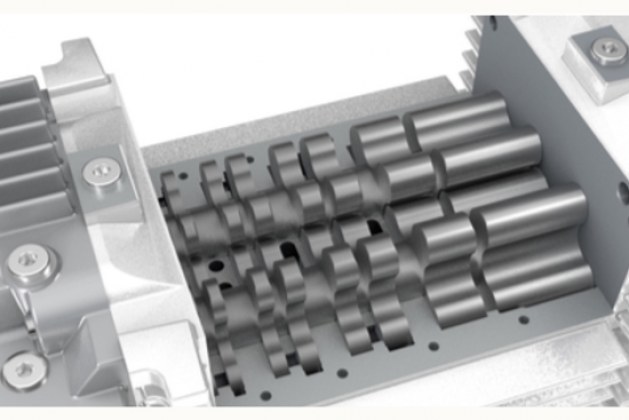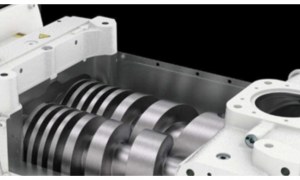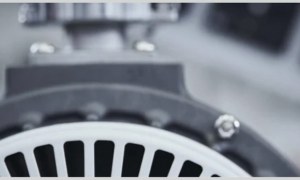Roots vacuum pumps are dry, gas transfer pumps that do not introduce oil or water into the pumped gas stream. The gas transfer is achieved by the mechanical transfer of pumped gas molecules. Generally referred to as booster pumps, they’re mounted at the inlet of a primary pump. They improve pump-down speed by providing an increase in pumping speed and pressure, in comparison to the use of a primary pump alone
An Excerpt:
“Fore vacuum pumps are defined as those which exhaust to atmospheric pressure. They are also required to support secondary pumps or to attain the initial conditions for their operation. There are two types of fore vacuum pumps: dry-running backing pumps such as scroll, screw, and diaphragm pumps and oil-sealed pumps such as rotary vane pumps. In this blog post, we’ll examine the key working principles of common multi-stage roots fore vacuum pumps.”
Source: Vacuum Science World



